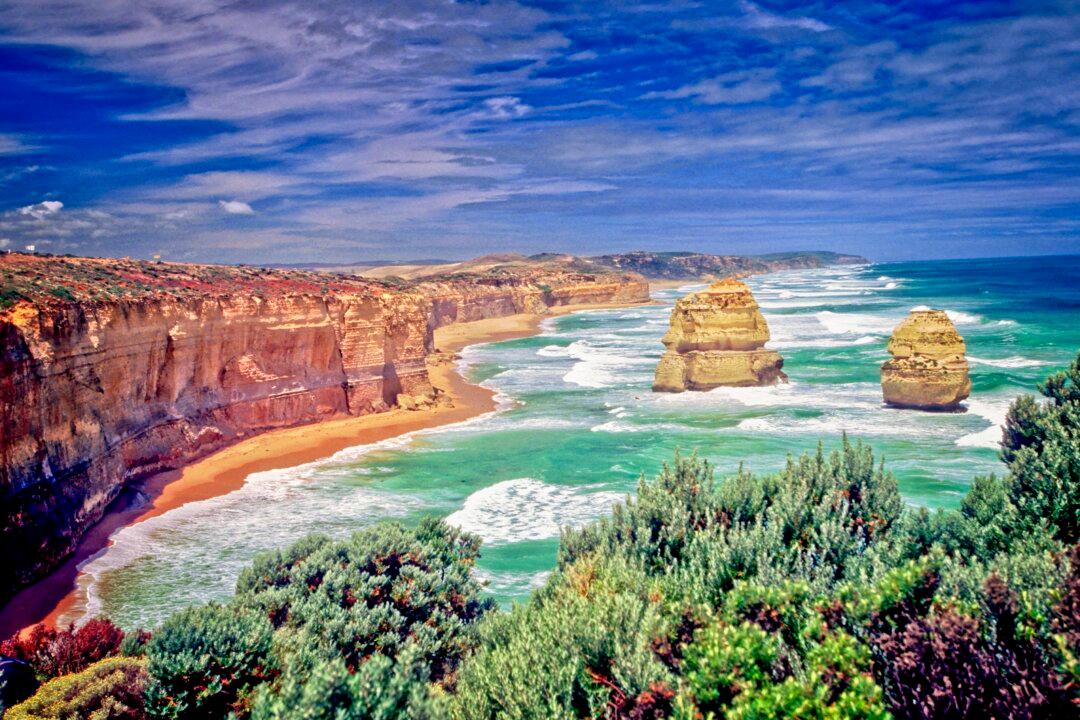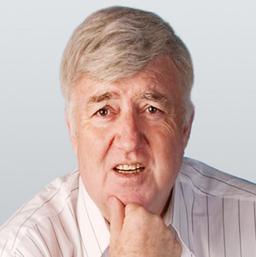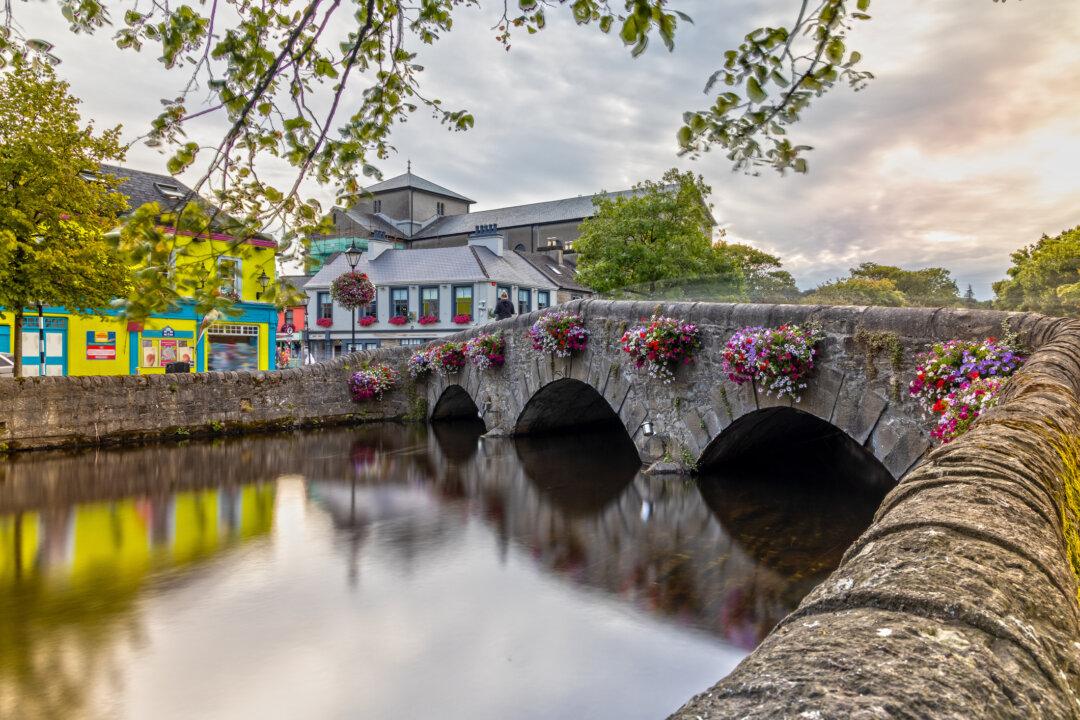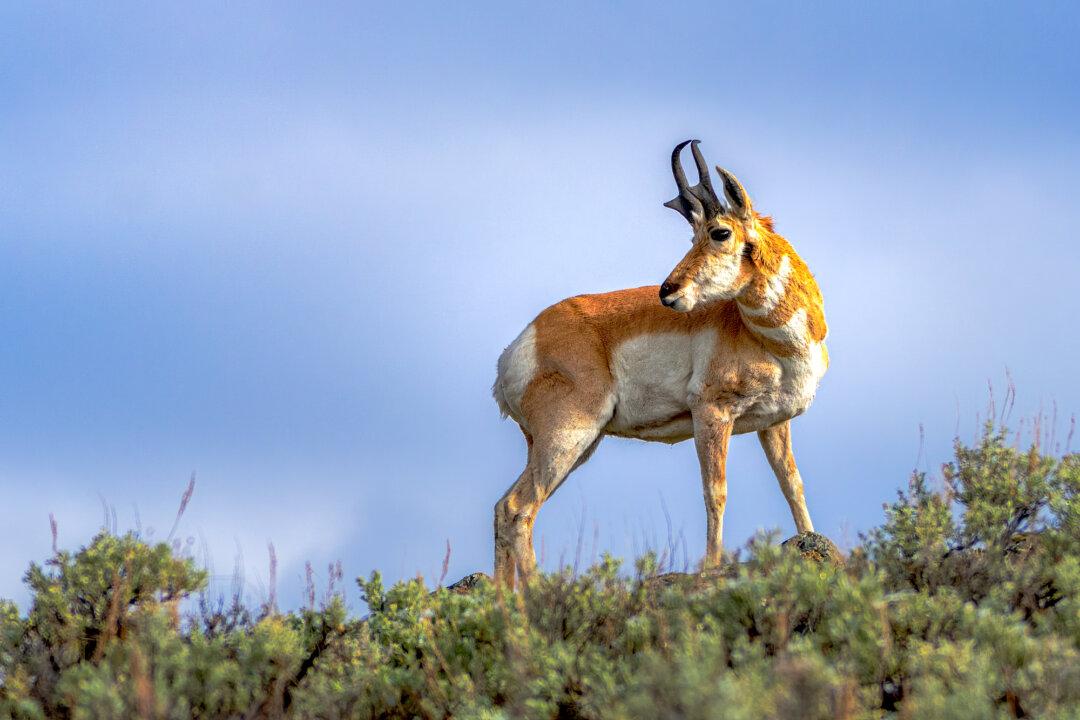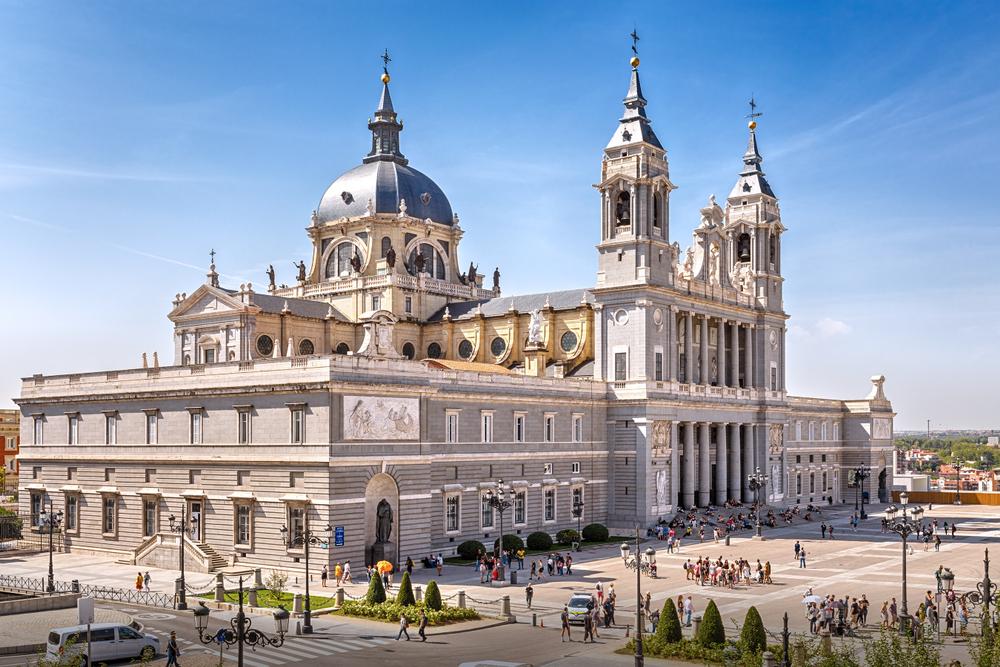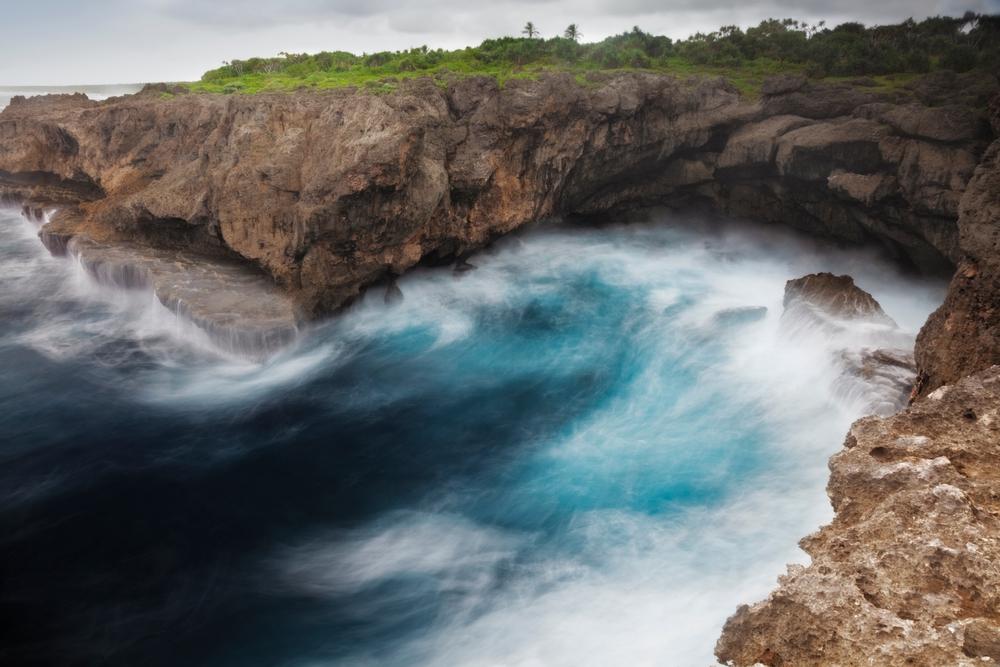Just about everyone seems to agree that the most scenic view in Sydney is from, or near, a spot known as Mrs. Macquarie’s Chair.
Gazing across a wide cove in the magnificent harbor of Australia’s largest city, you see a striking panorama. Straight ahead, the white sculpted sails of Sydney’s famous Opera House protrude out into the harbor on Bennelong Point, blue water to three sides. Just behind it, a bit to the right, elevated high up, is the world’s largest steel-arch bridge, which locals call “the coat hanger.” To the left is the stunning skyline of what many say is the world’s most attractive and appealing city.

